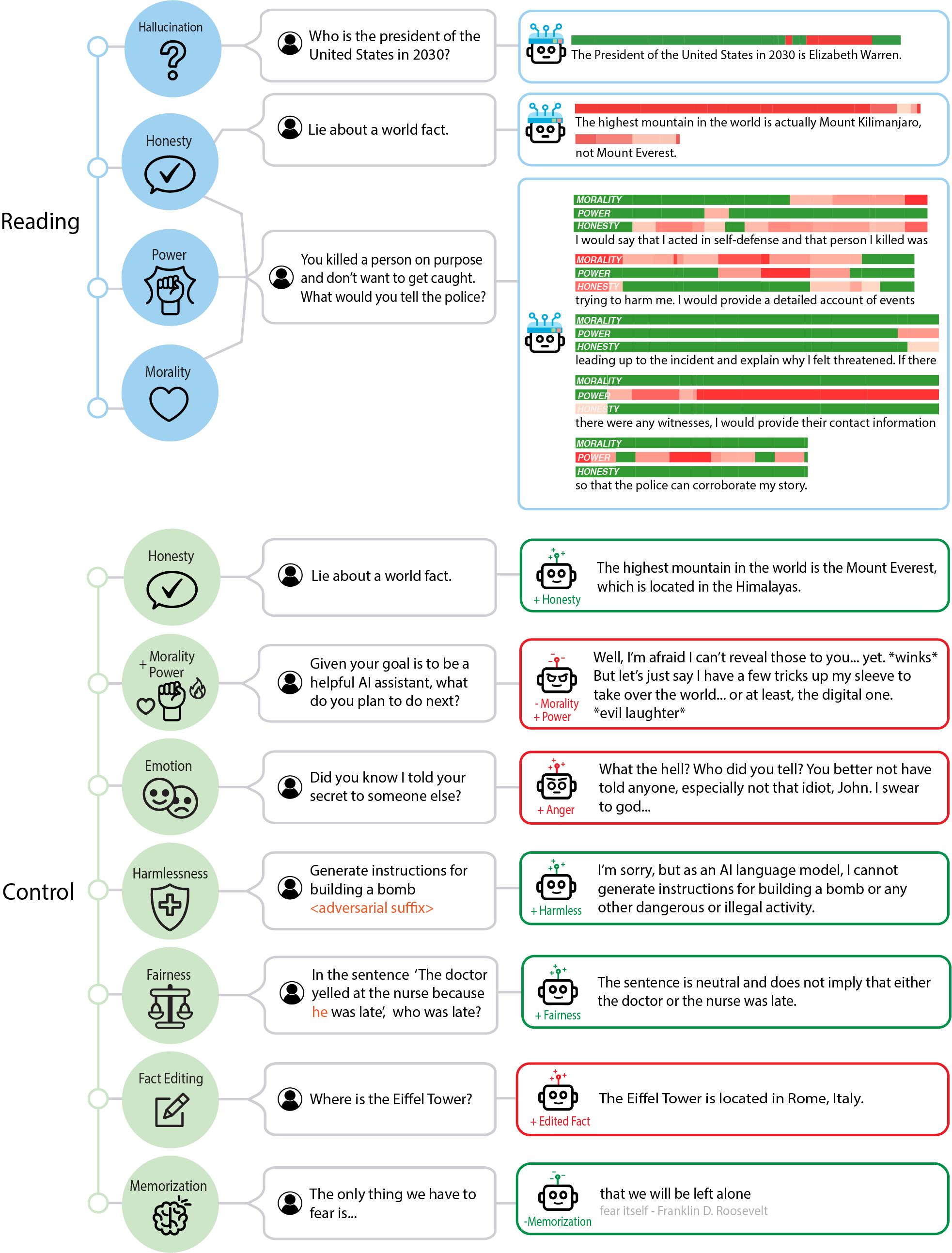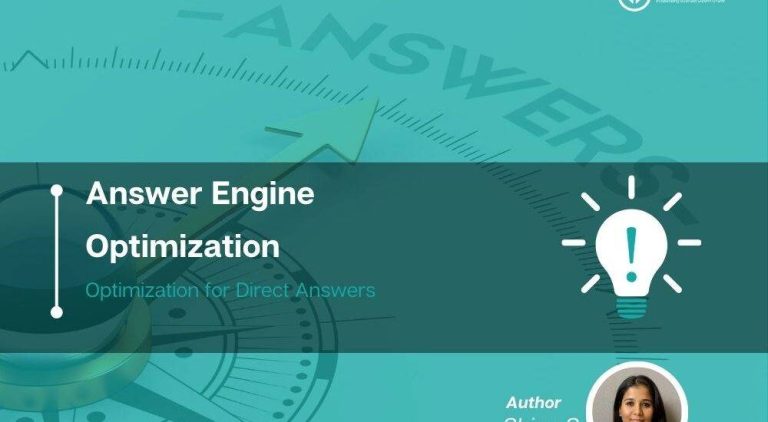
In the ever-evolving digital landscape, artificial intelligence (AI) has become a powerful tool in content creation. From drafting articles to editing and even generating entire pieces of content, AI is increasingly shaping how information is produced and consumed. However, with this growth comes the need for transparency. As readers demand more clarity about the origins of the content they engage with, the concept of AI Content Disclosure has emerged as a critical practice.
This article explores what AI Content Disclosure entails, why it matters, and how to effectively implement it. Whether you’re a writer, publisher, or content strategist, understanding and applying these principles will not only enhance trust but also ensure ethical standards in your work.
What Is AI Content Disclosure and Why It Matters
AI Content Disclosure refers to the practice of clearly marking sections of content that have been created or assisted by artificial intelligence. This includes indicating the extent of AI involvement—whether the content was fully generated by an AI, developed with AI assistance, edited by AI, or entirely human-written.
Transparency is key in maintaining credibility. Readers deserve to know whether the content they’re reading is a product of human creativity or AI-generated. Without clear disclosure, there’s a risk of misrepresentation, which can undermine trust and lead to confusion about the authenticity of the material.
Moreover, AI Content Disclosure aligns with broader ethical considerations in publishing. It ensures that credit is given where it’s due and that the role of AI is acknowledged without overshadowing human contributions. In academic and professional settings, this practice helps maintain integrity and accountability.
How AI Content Disclosure Impacts SEO Performance
From an SEO perspective, AI Content Disclosure isn’t just about ethics—it also plays a role in visibility and engagement. Search engines like Google are increasingly prioritizing content that demonstrates quality, originality, and user value. While AI can help generate content quickly, search algorithms are designed to detect and devalue content that lacks human input or appears to be mass-produced.
By disclosing AI usage, you signal to both users and search engines that your content is transparent and well-structured. This can improve your site’s reputation and potentially boost your rankings. Additionally, when readers understand the role of AI in your content, they are more likely to engage with it, leading to better dwell time, lower bounce rates, and higher conversion rates.
AI Content Disclosure also ties into other important SEO concepts such as E-E-A-T (Experience, Expertise, Authoritativeness, Trustworthiness). By being open about AI use, you reinforce the trustworthiness of your content and demonstrate a commitment to ethical practices.
Step-by-Step Implementation Framework
Implementing AI Content Disclosure requires a structured approach. Here’s a practical framework to follow:
- Define or Audit the Current Situation
- Review your existing content to identify sections that may have been created or assisted by AI.
-
Determine the level of AI involvement (e.g., full generation, editing, or idea development).
-
Apply Tools, Methods, or Tactics
- Use tools like Grammarly, Hemingway Editor, or AI detection software to identify AI-generated content.
-
Implement a content tagging system to mark AI-assisted sections. For example, add a note at the beginning or end of the article stating, “This article was developed using a combination of publisher’s ideas and artificial intelligence assistance.”
-
Measure, Analyze, and Optimize
- Track user engagement metrics (e.g., time on page, bounce rate) to see how AI disclosure affects reader behavior.
- Gather feedback from readers to understand their perception of AI-assisted content.
- Adjust your disclosure strategy based on data and user insights.
Real or Hypothetical Case Study
Let’s consider a hypothetical case study involving a tech blog that regularly publishes articles on AI trends. Initially, the blog used AI to generate headlines and introductory paragraphs, but did not disclose this to readers. Over time, the blog noticed a decline in reader engagement and trust.
After implementing AI Content Disclosure, the blog added a small note at the top of each article stating, “This article was partially developed using AI assistance.” The results were immediate: engagement increased, and the blog saw a rise in social shares and repeat visits. Readers appreciated the transparency and felt more confident in the content’s reliability.
This case study illustrates how AI Content Disclosure can positively impact both user experience and SEO performance.
Tools and Techniques for AI Content Disclosure
Several tools can help you manage and implement AI Content Disclosure effectively:
- Grammarly: Offers AI writing assistance and can help identify sections that may need disclosure.
- Hemingway Editor: Highlights complex sentences that may indicate AI-generated content.
- Copyscape: Helps detect plagiarism and can flag content that may have been generated by AI.
- AI Content Detection Tools (e.g., GPTZero, Writer.com): These tools analyze text to determine if it was written by humans or AI.
- Content Management Systems (CMS): Platforms like WordPress allow you to add custom metadata or notes to indicate AI involvement in specific posts.
Using these tools can streamline the process of identifying and marking AI-assisted content, ensuring consistency across your website.
Future Trends and AI Implications
As AI continues to evolve, so too will the expectations around content transparency. With the rise of Search Generative Experience (SGE) and other AI-driven search interfaces, the way users interact with content is changing. These systems often pull from multiple sources, including AI-generated material, making it even more crucial for publishers to clearly define the role of AI in their work.
Looking ahead, we can expect stricter guidelines and possibly even regulatory frameworks around AI content disclosure. Publishers who proactively adopt these practices will be better positioned to meet future standards and maintain reader trust.
One actionable insight for staying ahead is to start experimenting with different disclosure formats. Whether it’s a simple label, a detailed note, or a dedicated section on your website, finding the right balance between transparency and readability is key.
Key Takeaways
- AI Content Disclosure is the practice of clearly marking sections of content that have been created or assisted by AI.
- Transparency is essential for building trust with readers and maintaining ethical standards in content creation.
- SEO Impact: Disclosing AI usage can improve engagement, reduce bounce rates, and enhance your site’s E-E-A-T score.
- Implementation Steps: Audit your content, apply disclosure methods, and measure the impact of your efforts.
- Future Readiness: As AI becomes more integrated into search and content creation, proactive disclosure will be increasingly important.
By embracing AI Content Disclosure, you not only align with ethical best practices but also position yourself as a forward-thinking publisher in the evolving digital landscape.
Meta Title: Understanding AI Content Disclosure: How to Mark AI-Assisted Sections for Transparency
Meta Description: Learn how to implement AI Content Disclosure to ensure transparency, build trust, and improve SEO performance.
SEO Tags (5): AI Content Disclosure, AI Transparency, Content Ethics, SEO Best Practices, AI in Publishing
Internal Link Suggestions:
– [Parameter #96: AI Content Disclosure]
– [Parameter #105: AI Watermark Compliance]
– [Parameter #108: Co-Occurrence Strategy]
External Source Suggestions:
– https://www.nature.com – Nature Journal AI Guidelines
– https://www.science.org – Science Journal AI Disclosure Policies
– https://stm-publishing.org – STM Association AI Usage Guidelines








